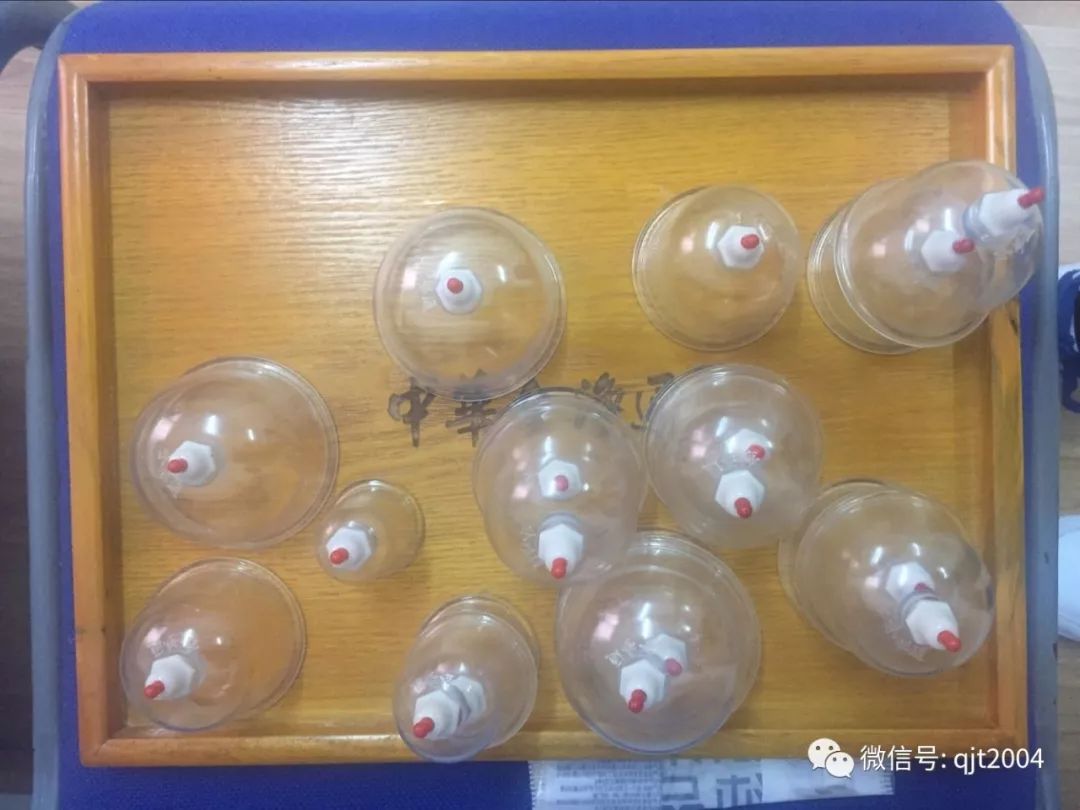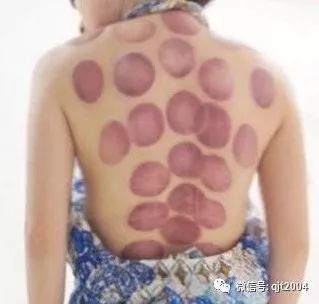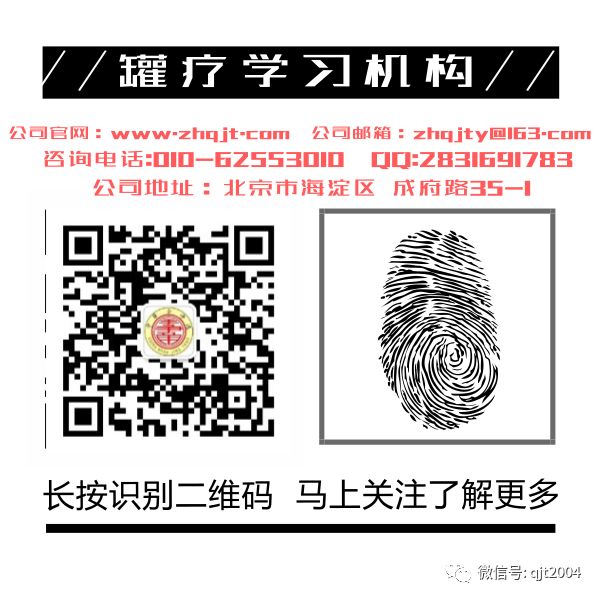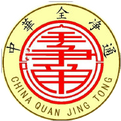Hello to all friends watching the Quan Jing Tong public account. Today, Quan Jing Tong will teach you the simplest retention cupping method. Before we begin, let’s first understand the principles of cupping and its benefits, as well as how to assess our body condition after cupping.
1. Principles of Cupping Therapy
Cupping therapy is performed by using a suction gun to create negative pressure inside the cup, causing local superficial tissues to become congested, blood vessels to dilate, and blood circulation to accelerate. This helps to unblock the meridians, promote qi and blood flow, harmonize yin and yang, balance the organs, and eliminate cold and dampness, achieving the goals of disease prevention and treatment. It is a non-pharmaceutical natural physical therapy, referred to as the “green therapy” of the 21st century.

2. Benefits of Cupping
1. Health Assessment: The color of the cup marks can be used to assess the yin, yang, exterior, interior, cold, heat, deficiency, and excess of symptoms, allowing for early detection of abnormal reactions in the body.
2. Treatment of Diseases: Utilizing various cupping methods such as retention cupping, flash cupping, medicinal cupping, and sliding cupping, combined with acupoints, to treat dozens of acute and chronic diseases, while also providing bidirectional regulation and treating different diseases with the same method.
3. Health Maintenance: Cupping on the hands increases vitality, while cupping on the feet removes turbid qi, unblocking the meridians and replenishing vital energy.

3. Interpretation of Cup Marks
①If there is moisture on the inner wall of the cup: indicates dampness in that area;
②If the cup mark has skin lines or slight itching: indicates wind and dampness; do not scratch;
③If the cup mark is dark purple: generally indicates insufficient blood supply and blood stasis;
④If the cup mark is purple with spots: generally indicates cold and blood stasis;
⑤If the cup mark shows scattered purple dots of varying shades: indicates qi stagnation and blood stasis;
⑥If the cup mark is bright red: generally indicates yin deficiency, qi and blood deficiency, or excess fire due to yin deficiency;
⑦If the cup mark is red and dark: indicates high blood lipids and presence of pathogenic fire;
⑧If the cup mark is grayish-white and feels cool to the touch: often indicates deficiency cold and dampness.

4. Methods of Cupping
Retention Cupping— Place the cup on the skin and leave it for 10-15 minutes (most commonly used).
Sliding Cupping— Also known as moving cupping, after placing the cup on the skin, slide it back and forth along the desired path, repeating this movement.
Flash Cupping— Quickly remove the cup after placing it on the skin, then reapply.
Needle Cupping— This method involves first needling the acupoint, then placing the cup over the needled area.
Medicinal Cupping— This method involves placing beneficial herbs inside the cup before applying it to the skin.
Pricking Cupping— First, use a plum blossom needle or three-edged needle to prick the skin, then apply the cup over the pricked area.
Today, Quan Jing Tong will teach you the simplest retention cupping method.


